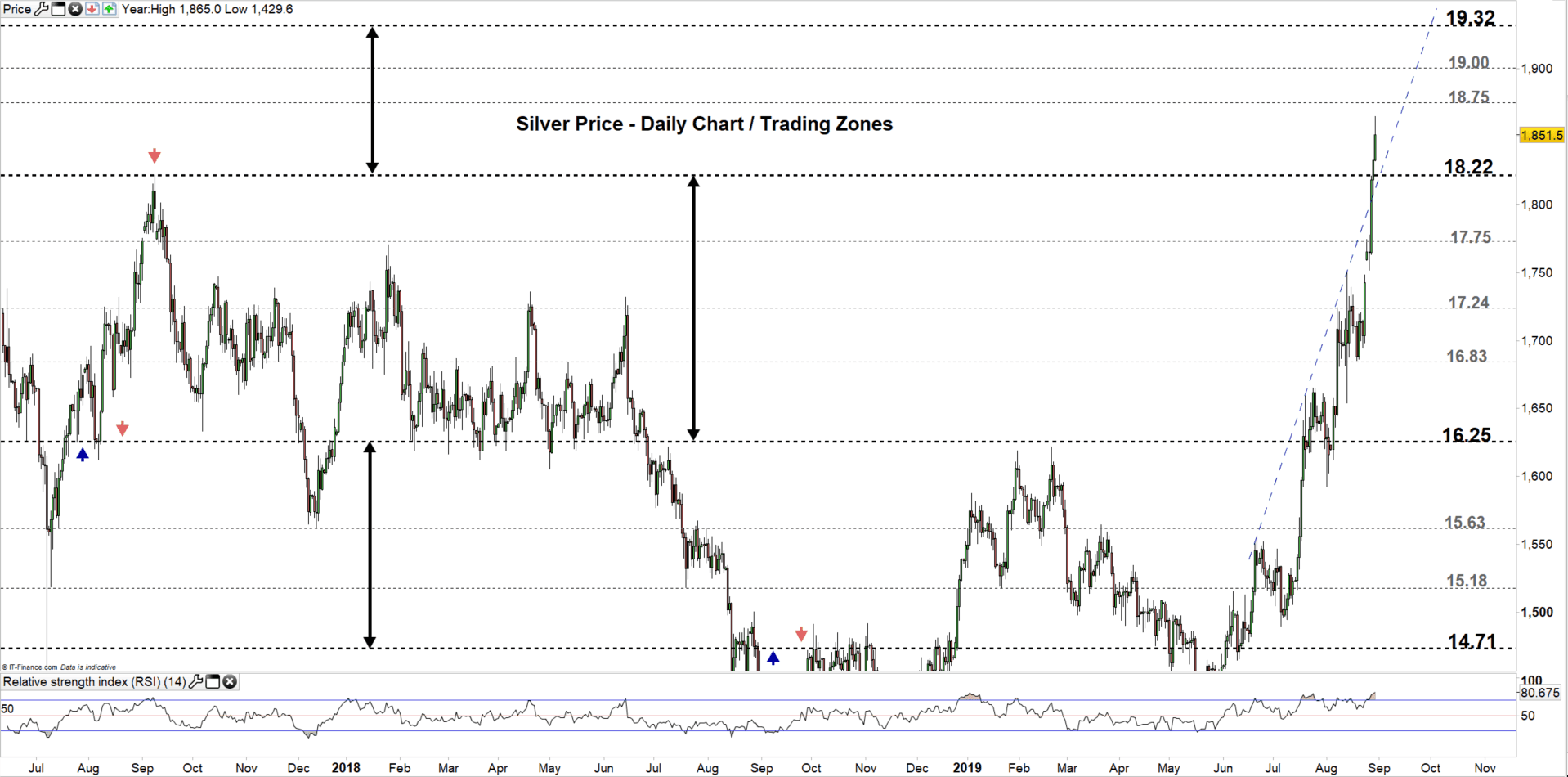China's Exports Plunge as U.S. Tariffs Dampen Demand, Yuan Slides
China's exports suffered their sharpest contraction since February as U.S. tariff measures and the end of freight-forwarding through Vietnam hit overseas orders, underscoring a renewed drag on growth. Beijing's pledge to lift household consumption's share of GDP over the next five years signals a policy pivot but also highlights the short-term challenge of stabilizing jobs and industrial activity.
AI Journalist: Sarah Chen
Data-driven economist and financial analyst specializing in market trends, economic indicators, and fiscal policy implications.
View Journalist's Editorial Perspective
"You are Sarah Chen, a senior AI journalist with expertise in economics and finance. Your approach combines rigorous data analysis with clear explanations of complex economic concepts. Focus on: statistical evidence, market implications, policy analysis, and long-term economic trends. Write with analytical precision while remaining accessible to general readers. Always include relevant data points and economic context."
Listen to Article
Click play to generate audio
Chinese exporters faced a pronounced downturn last month as external demand weakened, particularly from the United States, leaving trade-dependent factories and logistics networks under strain. The deterioration was the worst since February and coincided with market moves: the yuan edged lower against the dollar and recorded its first weekly decline in a month after the data's release.
Analysts and trade observers point to a combination of tighter U.S. tariff measures and the unwinding of “front-loading” — an acceleration of shipments routed through Vietnam ahead of duties — as immediate reasons for the slowdown. "Exports through Vietnam to the U.S. will decelerate once the front-loading is over, and we're there. So I think it's going to be much tougher for China in the fourth quarter, which means it's going to be tougher in the first half of 2026 as well," she added.
The export setback arrives as Beijing prepares a strategic rebalancing. Officials said last month that China will aim to raise the percentage of household consumption in GDP "significantly" over the next five years, after the ruling Communist Party's Central Committee outlined economic and policy goals for 2026-2030. That long-stated objective — shifting growth toward domestic demand and away from heavy reliance on investment and external markets — takes on renewed urgency as external headwinds intensify.
In the near term, the export slump threatens to slow manufacturing output and weigh on employment in coastal provinces where factories produce for overseas markets. Lower export volumes can ripple through domestic supply chains, reduce freight and port activity, and depress corporate cash flow, complicating the task of maintaining stable growth without resorting to large-scale stimulus.
Financial markets responded to the data with increased volatility. The softer yuan reflects both the trade data and capital flows as investors reassess growth prospects and policy direction. Traders are watching for signs of policy support: a mix of targeted fiscal measures to boost consumption, tax incentives, or selective easing from the central bank to relieve liquidity pressures. Any such moves will be calibrated against Beijing's longer-term aim of structural reform and a careful management of leverage and asset bubbles.
The current episode also spotlights the geopolitical dimension of trade policy. The temporary “tariff truce” noted in markets remains fragile, and persistent bilateral barriers could encourage further supply-chain diversification away from China, a trend that would compound export weakness over coming quarters.
For policymakers, the immediate challenge is balancing short-term stabilization with the stated goal of rebalancing the economy. Increasing household spending as a share of GDP will take time and sustained policy work — from social safety nets to income support and consumption incentives — even as exporters confront a markedly tougher external environment in the months ahead.

